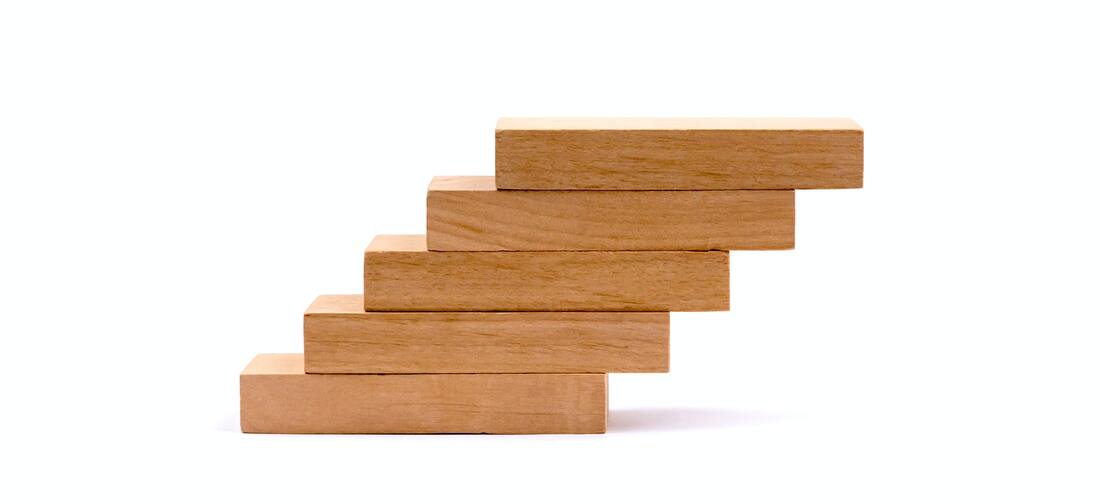LEARN
|
A progressive teaching plan provides a long-term road map for team and individual player success and allows players to play and think the game for themselves versus remembering multiple set plays and continuities. Additionally, by obtaining baseline skill measures and having a clear understanding of what should be accomplished at specific stages of development, your decision making as a coach becomes improved and practices can be more specific and efficient.
For ages five through fourteen years old we have broken down our progressive teaching curriculum into three phases: phase I, Beginning Phase (five through eight years old), phase II, Basic Principles Phase (eight through twelve years old), and phase III, Developed Phase (twelve through fourteen years old). Beginning Phase In the Beginning Phase (five through eight year olds), the emphasis is on having fun and basic skills. The six basic skill concepts that we are hoping to accomplish were previously noted in our skill development chapter. On our Members Page we have all skill and strategy areas addressed with their corresponding drills and games. We do not recommend playing five on five at this age or spending any significant time on five on five offensive and defensive strategies. The rim heights and ball sizes should also be less to improve success. The recommended rim and ball heights can also be found on our Members Page with simple five to ten minute take home drill sheets. Basic Principles Phase For the Basic Principles Phase (eight through twelve year olds) or the “Golden Age”, skill development is progressed to proper shooting form at the rim, cross-over step and direct drive footwork, change of direction move and change of speed with ball handling, and various ways to finish at the rim. This is a key time to get a solid foundation for proper shooting mechanics and ball handling with either hand. A progression of strategy to five on five defensive and offensive concepts is also done in this phase with emphasis on spacing, dribble penetration, and cutting concepts. Developed Phase In our last phase, the Developed Phase (twelve through fourteen year olds), teaching is hopefully progressed to ball handling with equal symmetry for the right and left hands with beginning mastery of one to two dribble moves, squaring up at the rim at multiple different angles, progression of finishing moves at the rim, and grooving and repetition of proper shooting form off the catch and dribble. If seventy to eighty percent of the players on your youth team can enter their high school years (fifteen years and older) with the ability to dribble and finish at the rim equally with either hand, shoot with good form (great follow through, one motion on the shot, and strong base), and can pivot against pressure you have done an unbelievable job of developing the skill level of your team. More important than this, if your team has a joy for the game, has a work ethic, and can listen well, all the better for humanity. The drills and games associated with skill development and strategy for this phase can be found on our Members Page. Season Length How long should your youth basketball season be? The maximum number of months per year in organized basketball recommended is four months for ages eight and under, five to six months for ages nine through eleven years old, and seven months for ages twelve through fourteen years old. If players on your team are going beyond these recommendations you run the increased risk for injury, breakdown, and burnout. Having a Plan To be an effective youth basketball coach it is important that what you are teaching is developmentally appropriate. By following a progressive plan with drills and games specific to each phase of basketball development your effectiveness as a coach will improve. Lastly, we have touched on this in past posts, but beyond drills and games it is important you are also emphasizing your core values and to be intentional with this.
1 Comment
|
Archives
April 2024
Categories
All
|

 RSS Feed
RSS Feed